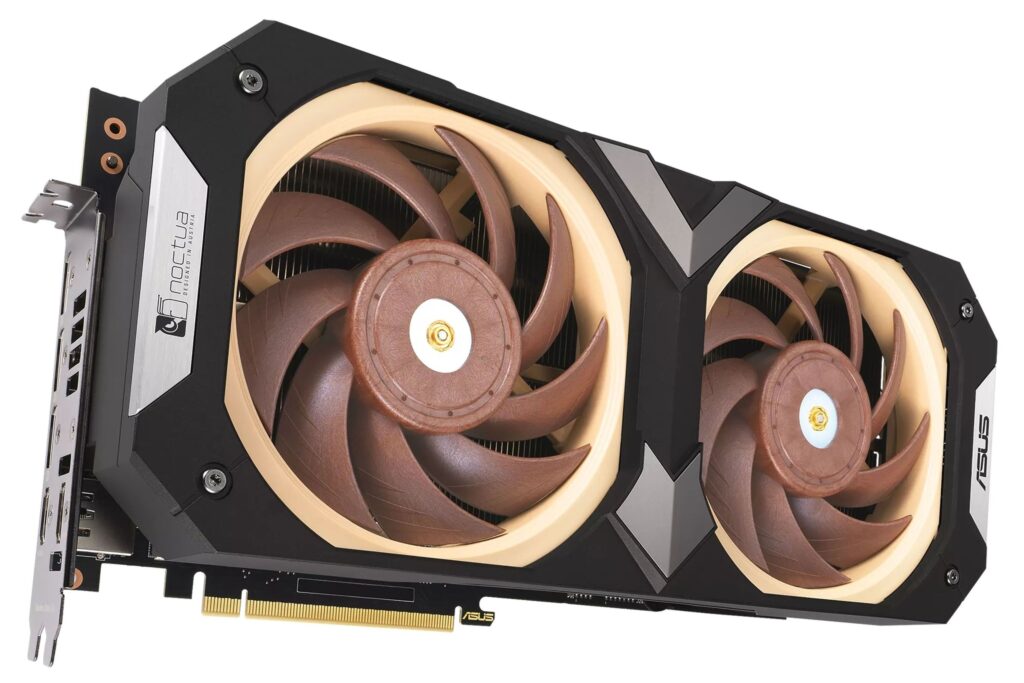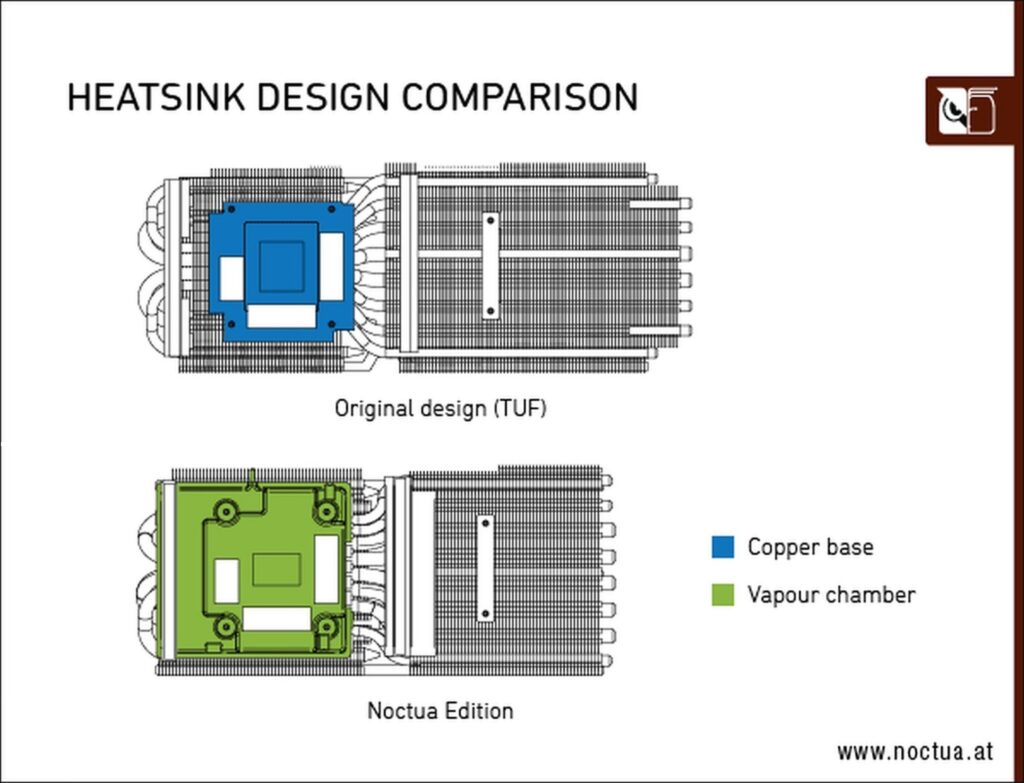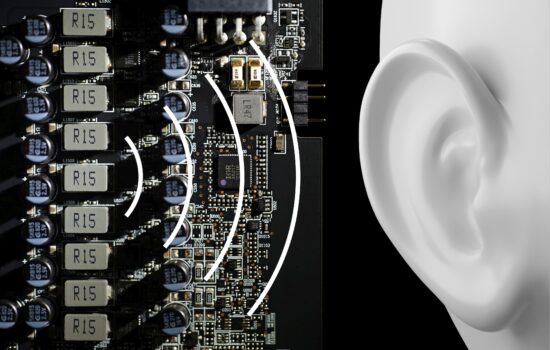Asus RTX 4080S O16G Noctua
Asus and Noctua managed to launch the latest joint graphics card earlier than ever this time. The Asus RTX 4080 Super Noctua Edition is being released alongside the other models. Noctua has apparently already optimized its cooler to satisfaction on the older variant, the RTX 4080, and the situation on the RTX 4080 Super hasn’t changed enough to require design intervention. Everything is ready for production.
We have historically written about Asus graphics cards with Noctua coolers several times. After the first models, the RTX 3070 and the RTX 3080, Noctua cooler also appeared on the RTX 4080 and the story is about to continue.
There has been a more significant change to the heatsink since the RTX 4080 NE, which is different from the original (on RTX 3000 graphics cards) by, among other things, using a Vapor Chamber. The latter has obviously proven itself, as has the entire heatsink, and is now unchanged on the Asus RTX 4080S Noctua Edition. The new RTX 4080 Super is built on the same core (AD103) as the RTX 4080 and the TDP is the same (320 W), so the cooling requirements are comparable.
The Asus RTX 4080S Noctua Edition uses two 120mm NF-A12x25 fans with a 25mm profile height and a massive radiator whose fins are intersected by eight heatpipes, three of which are 6mm in diameter and five of which are 8mm. The foundation of the graphics card is the PCB from the TUF RTX 4080 Super.
According to earlier communication, it has been revealed by Noctua that, to some extent, they are also paying attention to the coils, which are selective. We don’t have details on how this is being approached. However, it is already fairly clear what exactly has been selling on the original card – the cooler.
Compared to the TUF RTX 4080/Super, the heatisnk is shorter and instead of three fans, it uses “only” two, but top-notch ones, which we know with absolute certainty. The fact that the design of the cooler hasn’t changed in any way is evidenced by the fact that in the release for the RTX 4080S NE, Noctua refers to the RTX 4080 NE test results. Based on the scaling of all temperature and noise values, it can be assumed that the power draw across these graphics cards (RTX 4080S NE and RTX 4080 NE) is also identical, or differs only within a very small tolerance.
At low speeds, when the RTX 4080 Super NE reaches the temperature level of the TUF RTX 4080 Super, the graphics card with the Noctua cooler is supposed to be almost 5 dBA quieter. In context with such results, Noctua is talking about the quietest option in its performance class. And regardless of the speed of the fans, at the same temperature it always promises lower noise levels, for which Noctua has a series of charts on its website.
To change the control profile, the RTX 4080S NE has two BIOSes that can be switched between. The default is the quieter one, with which the GPU should reach at least 2610 MHz in boost. With the “OC” BIOS, 30 MHz more is guaranteed (2640 MHz).
At 310mm, it’s a relatively shorter graphics card, but a thick one. It is up to 87.5 mm tall, with which it extends over four slots. Asus lists the thickness at as many as 4.3 slots.
Availability of the Asus RTX 4080 Super O16G Noctua in stores is announced from February 7. The price will be well above the MSRP, around 1700 EUR.
English translation and edit by Jozef Dudáš
- Contents
- Asus RTX 4080S O16G Noctua
















Why Noctua use the 120mm NF-A12x25 instead of the NF-F12 iPPC 3000 PWM? i mean those have high static pressure… better for the radiator right?
NF-A12x25 fans are a much more suitable option for the ultimate cooler. See the comparison with P12 (redux-1700) on radiators in our tests. Sure, the F12 has a different impeller, but it uses a similar, older, long outdated impeller geometry. With the iPPC high speed variants, it would indeed be possible to achieve higher cooling performance, but that would be at the expense of high noise level. Don’t look at the parameters. Even if we accept that the NF-F12 has comparable airflow at lower speeds (than the NF-A12x25) and at higher static pressure (and lower noise), which is quite unlikely (why should it be so from a technical point of view?), there is one more thing. Static pressure values are measured at zero airflow, i.e. in an environment that does not correspond to the situation on the heatsink of a cooler.